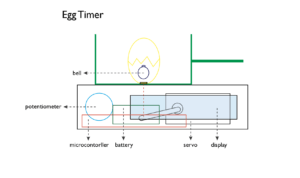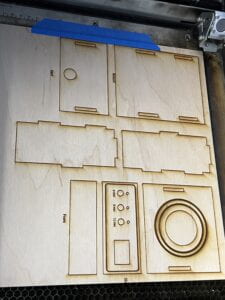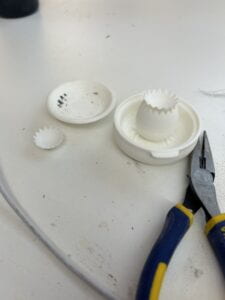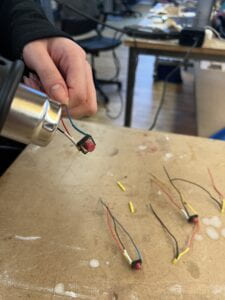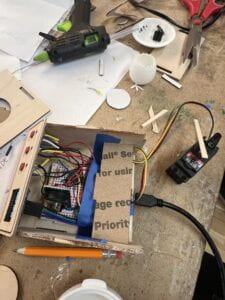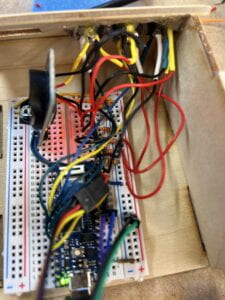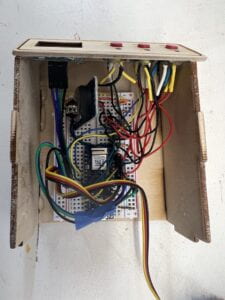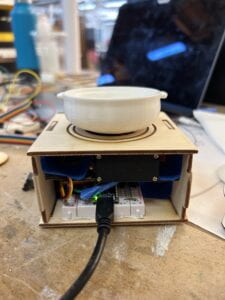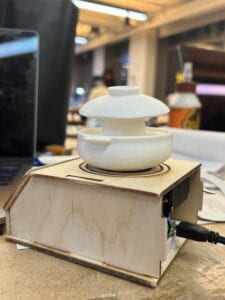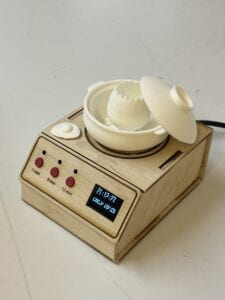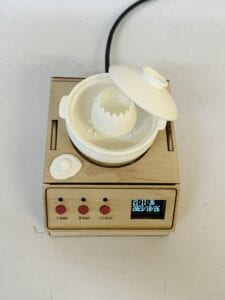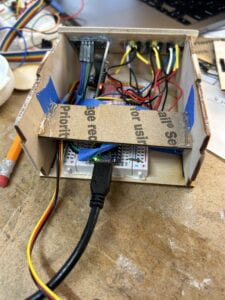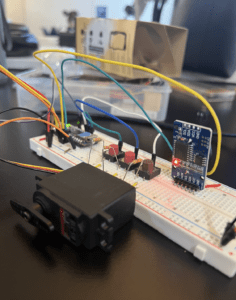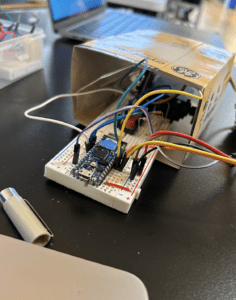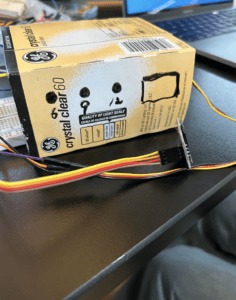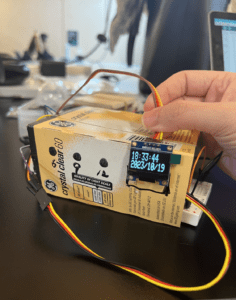Week 10 Update
Please check the Prototyping of automaton.
Week 9 Proposal and design
The final requirement for my automaton project is to draw inspiration from a poem. I have chosen an ancient Chinese poem, which conveys that, despite the vastness of time and the endless cycles of birth and death we all inevitably go through, there will always be a lasting beacon – your true heart – shining for you through the ages. For more details, you can check out my blog.
The poem has three key themes: time, reincarnation, and beacon. So, I thought of using the motion of the automaton to represent reincarnation, and I came up with the idea of a ball drop system. This seems like a great opportunity to tie it together with Time, as time is an important element in the poem. It may not seem very poetic, but I find the idea of creating new units of time quite intriguing. After all, the seconds, minutes, and hours we use now are just conventions set by humans. Who says a day must be 24 hours? Or a minute must be 60 seconds? Or a second must be as long as we traditionally perceive it to be? Even a unit of time doesn’t necessarily have to be a fixed value – why can’t it be variable? Perhaps I can design different paths in the automaton, where the ball takes different amounts of time on each path, making each time unit unique every time.
I am currently designing an automaton and recently thinking about how to transport a small ball from the lowest point to the highest point, still working on it, no picture can be share at the moment. A rough sketch of the design is as follows, roughly outlining my idea.
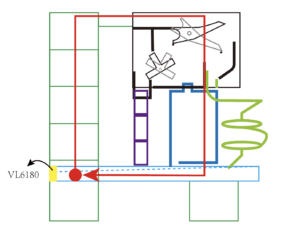
The logic for timing is designed as follows: Every time the ball completes a circle, the VL6180 sensor is triggered once, representing a “minute” – the smallest unit in this clock – and a light indicating the minute will be lit. After accumulating a certain number of “minutes,” let’s say five, a light representing an “hour” will turn on. Suppose after five “hours” lights are on, these five lights will turn off, and a new cycle of lighting will begin. This is the current logic for timing, but the exact counts are yet to be determined.
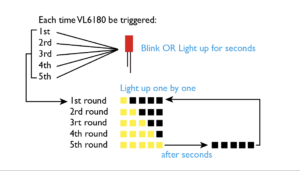
Continue reading →
